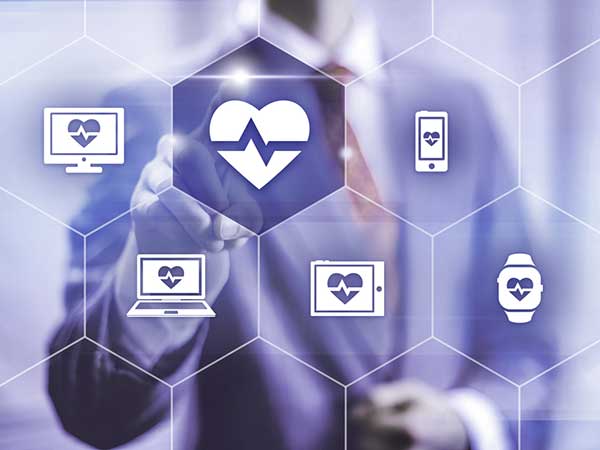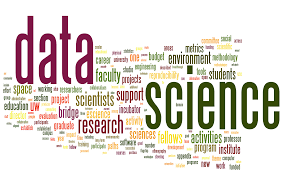Since healthcare information technology is currently in the spotlight due to recent technological advances in data sharing and information database analytics, as well as Healthcare IT Week, beginning September 26th, now is a great time to talk about the intersections between big data, medicine, and healthcare. Healthcare informatics, business management, hospital administration, and data informatics are growing more connected every day. How do these intersections inform the healthcare industry as well as the business and IT sectors?
The new model of patient-centered care and streamlined cross-training for all healthcare professionals in hospital, clinic, or private practice settings helps to ensure greater employee and patient satisfaction. Not only is there more continuity between various parties—for example, between front desk administrators, nurses, and surgeons—but there is also increased access to patient records online, allowing pharmacies and doctor’s offices better access to more detailed information and patient information. With the increased level of access to private information comes a heightened need for information security—necessitating the creation of healthcare informatics specialists who are also trained in system analysis and cybersecurity.
However, the increase in information sharing is ultimately a good thing for both patients and medical professionals because it allows for more transparency regarding prescription medications, side effects, and treatment options. This increased transparency is especially helpful for patients and their families, as it allows them to better understand the treatment options available to them—as opposed to the old model, which largely left patients and support staff in the dark.
Although the old top-down model likely existed with the best intentions in mind, there have been countless cases of misdiagnoses, conflicting prescription medications, and missing pieces of information required to make informed decisions. Increased data transparency is also good for hospitals and medical providers, since it lessens the chances of legal consequences in the event of serious side effects as a result of misdiagnosis or patient errors. For example, if a patient refuses to take their medication, a relapse or an ER visit could be more easily traced back to individual patient choices, rather than medical error or malpractice.
As a result, those with MBA degrees are more qualified for positions in health care management than ever before. The future of healthcare information systems includes cloud computing, laptops, smartphones, and other options for archiving and digitizing information into readily accessible formats.
To be clear, however, the business sector’s traditional, top-down approach is the polar opposite of the new patient-centered model that takes more cues from the modern healthcare sector, which—as with the new student-centered model in education—is beginning to favor a more egalitarian system of decision-making..
According to Peter Segall, “only 40 percent of most health care employees actively participate in workplace decision-making.” Because of this, the other 60 percent of healthcare staff tends to be less-than-enthusiastic when management decisions are made—and understandably so. Encouragingly, however, the top-down model is beginning to seem antiquated to many healthcare reformists who are slowly introducing a more democratic, egalitarian approach to decision making, which has the benefit of increased communication among employees.
Segall also documents several adverse outcomes to the top-down model, all of which affect day-to-day operations of a hospital or clinic: effective communication, employee stress, human capital, morale, and patient outcomes. Instead of absolute managerial control, a more collaborative management approach has been shown to be effective in increasing communal knowledge and reducing organizational bureaucracy—something from which the business world could learn a lot.
In addition to diplomacy skills, the ideal healthcare administrator would have a working knowledge of healthcare-related IT, including cloud-based data storage, database management, systems analysis, data science, and healthcare informatics. Healthcare administrators should be able to go from a patient’s office to a meeting with the hospital’s board of directors to an executive boardroom. In that boardroom they might give a presentation using modern data storytelling, social media, cloud-based networking, and data-sharing techniques that effectively illustrate patient information on both an individual level as well as a hospital-wide level.
In other words, healthcare administration consists of many proverbial hats. It’s exciting to see what those hats will look like, come 2017 and beyond. Share your experiences with data sharing and healthcare IT in the comments section, below!






![Big data and Parkinson’s disease – Causes, symptoms and treatments [Infographic]](https://crayondata.ai/wp-content/uploads/2022/05/infographic-1-2.jpg)






